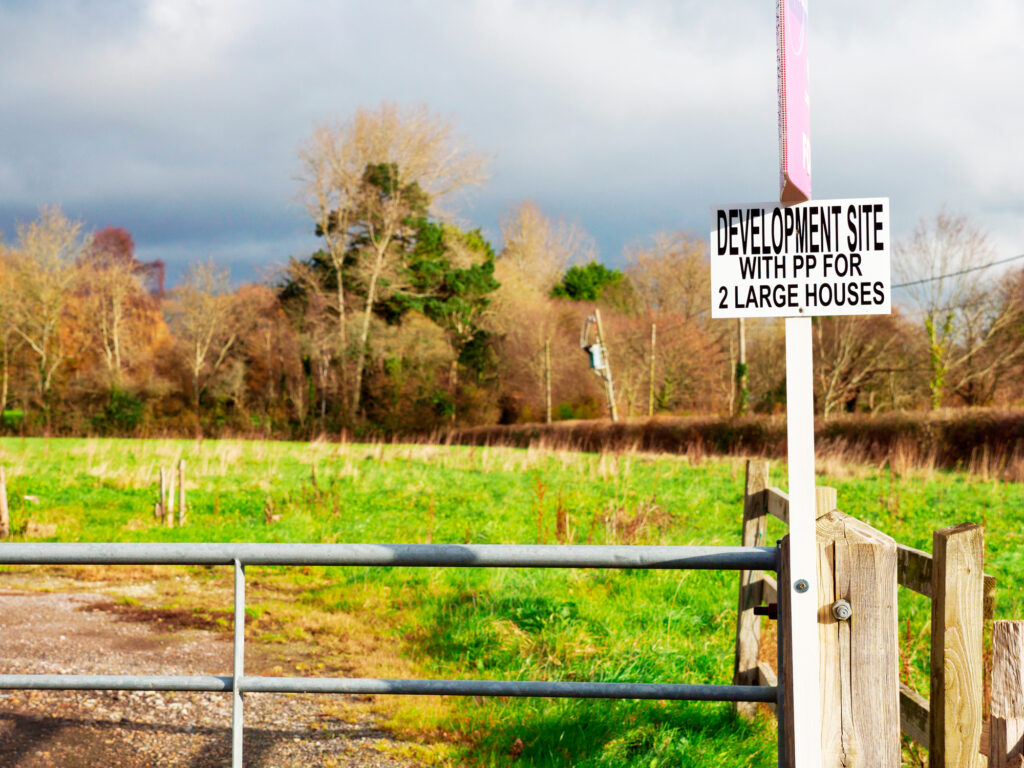
Use code BUILD for 20% off
Book here!
Use code BUILD for 20% off
Book here!Whether you’re going for a modern look or a traditional-style effect, real slate roofing can add unrivalled character to your self build or renovation project.
Prized for its natural beauty, this material is also incredibly durable – so much so that, provided it’s well maintained in situ, a top-end product can last for a building’s full lifetime (in many cases for well over 100 years).
As with any high-quality material, slate carries a price tag to match its inherent appeal – but try not to look at the up-front cost in isolation. This roofing option’s longevity means it tends to pay for itself over time.
Think about it this way: basic concrete tiles might seem much more affordable, but with the cheapest versions the colour can fade over time – so you might need to replace this kind of covering in 25 or 30 years. So you’re likely get more bang for your buck with slate compared to some alternatives.
Just like any decision you make on a major building project, you’ll need to balance aesthetics with costs and durability when you come to specify your roof covering. British versions are widely recognised as being of the highest quality; offering excellent thickness, indigenous colouring and appealing textures.
Welsh, Cornish and Cumbrian varieties are among the most prized examples, with prices starting from around £40 per m2 – although this can easily rise to £60 per m2 or more, depending on the product you choose.
One way to reduce the cost is to switch to an imported slate. Spain is the world’s leading supplier, catering to around 40% of the global market (with Brazil close behind). Spanish versions are available in a range of colours to match most vernacular UK styles – although they may not quite reach the heights of Welsh varieties.
Decent quality examples come in at around £25-£30 per m2, which is keen enough to compete with plain clay tiles. Across a full roof with a tiled area of 170m2, this could equate to a saving of £1,700 or more compared to home-grown slate.
One advantage of going for a British or Spanish product is that it will meet European Standards (BS EN 12326). But bear in mind that quality can vary significantly within the tolerances of the standards – so it’s still important to use a reputable supplier who can demonstrate they achieve consistently good results in testing.
Key areas to look out for include water absorption rates (the lower the better) and carbonate content (if it’s above 20% this could reduce durability).
Top tip: Roofing pricesBe wary of paying per slate. As sizes differ considerably between products and ranges, overlapping requirements vary – so buying on a per m2 rate offers much more price certainty |
Chinese slate is one of the most affordable options on the market with a plethora of hues available, but the cheapest versions do have a reputation for bleaching. However, quality is improving and a number of products now meet BS EN 12326.
It’s always worth researching the quarry’s consistency in testing and order samples before you buy. Once delivered, grab a random tile and tap it. Good quality versions will produce a clear ring; as opposed to the dull thud of poorer examples.
Given the investment you’re making in the tiles (not to mention all the peripheral products, such as battens, membranes, ridge systems, flashings and nails) it’s a no-brainer to hire a professional gang to fit your slates.
Pre-holed units are quickest to install, as they can be nailed directly onto the battens – but there may still be some drilling out required. Add to that the fact that the slates need to be double-lapped (or in some cases treble-lapped) and it’s easy to see that this is a major undertaking, requiring plenty of skilled labour.
For a 170m2 roof you could easily be looking at shelling out £6,000-£8,000 on your roofing gang. Club together all the tiles, requisite accessories and labour, and it wouldn’t be unusual to spend in the region of £15,000-£18,000 for a project of this scale, depending on where you source your slate and local labour prices.
Top image: Penryn Celtic 500mm x 300mm units from Welsh Slate were specified for this self build project in County Down

